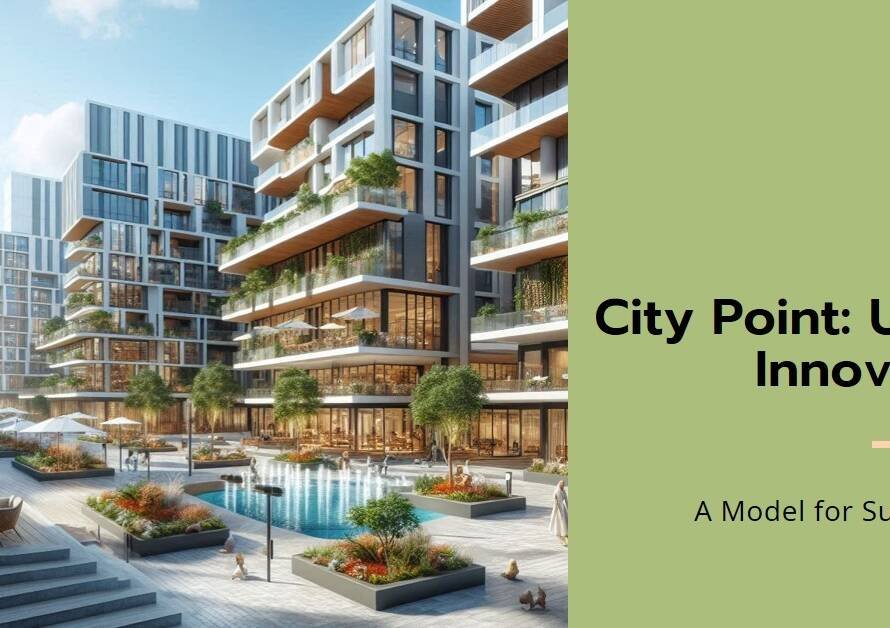
Table of Contents
The integration of 3D modeling technology has ushered in a new era of efficiency, accuracy, and innovation in the construction industry. From initial design phases to project completion, 3D modeling tools have become indispensable, offering a wide array of benefits that streamline workflows and improve project outcomes. In this in-depth exploration, we’ll uncover ten key ways that 3D modeling is transforming and benefiting the construction industry, paving the way for smarter, more sustainable construction practices.
1. Precision in Design and Planning (3D Model)
3D modeling provides construction professionals with unparalleled precision in design and planning stages. Using advanced software like AutoCAD, Revit, or ArchiCAD, architects and engineers can create intricate, detailed models of structures, buildings, and infrastructure projects. These models allow for precise measurements, accurate spatial planning, and comprehensive visualization of the final outcome. By eliminating guesswork and ambiguity, 3D modeling ensures that designs meet exact specifications, leading to optimized construction processes and reduced material waste.
2. Efficient Communication Across Teams
Effective communication is key to successful construction projects, and 3D modeling facilitates seamless collaboration among project teams. With shared access to centralized 3D models through platforms like BIM 360 or Trimble Connect, architects, engineers, contractors, and stakeholders can collaborate in real time, regardless of their physical locations. This streamlined communication process reduces errors, minimizes misunderstandings, and promotes a cohesive approach to project planning, design, and execution.
3. Improved Visualization for Stakeholders
3D models provide stakeholders, including clients, investors, and regulatory authorities, with a clear and immersive visualization of proposed construction projects. Unlike traditional 2D drawings or blueprints, 3D models offer a realistic representation of building designs, interiors, and landscaping elements. Stakeholders can virtually explore and interact with the project before construction begins, gaining insights into aesthetics, functionality, and spatial relationships. This enhanced visualization fosters better decision-making, ensures alignment with project objectives, and increases stakeholder confidence and satisfaction.
4. Early Detection of Design Issues
One of the significant advantages of 3D modeling is its ability to detect and resolve design issues early in the project lifecycle. Using clash detection features in BIM software, teams can identify potential conflicts between architectural, structural, and MEP (mechanical, electrical, plumbing) components. By simulating construction processes virtually, teams can address clashes, interferences, or coordination issues before they impact actual construction activities. This proactive approach minimizes rework, reduces project delays, and enhances overall project efficiency.
5. Accurate Quantity Takeoffs and Cost Estimation
3D models serve as valuable tools for accurate quantity takeoffs (QTO) and cost estimation during project planning and budgeting phases. By associating material properties, dimensions, and quantities directly with 3D elements, estimators and quantity surveyors can generate precise material lists and cost estimates. This level of detail enables project teams to budget effectively, identify cost-saving opportunities, and prevent overruns or discrepancies in project budgets. Additionally, 3D modeling supports value engineering by analyzing different design scenarios and their cost implications.
6. Enhanced Safety Planning and Risk Mitigation
Safety is paramount in construction, and 3D modeling plays a crucial role in safety planning and risk mitigation strategies. Through virtual construction simulations, teams can identify potential safety hazards, plan evacuation routes, and assess site logistics before physical work begins. Safety features such as clash detection can also identify conflicts that pose safety risks, such as inadequate clearances or unsafe equipment placements. By addressing safety concerns proactively in the virtual environment, construction teams can minimize accidents, comply with regulatory standards, and create safer work environments.
7. Sustainable Design and Green Building Practices
3D modeling empowers architects and engineers to incorporate sustainable design principles and green building practices into construction projects. By simulating energy performance, daylighting effects, and environmental impacts using tools like energy modeling software, teams can optimize building designs for energy efficiency and environmental sustainability. 3D models enable the integration of renewable energy systems, efficient HVAC (heating, ventilation, air conditioning) solutions, and sustainable materials, reducing carbon footprints and operating costs over the building’s lifecycle. Sustainable design practices not only benefit the environment but also enhance occupant comfort, health, and productivity.
8. Faster Iterations and Design Changes
Traditional design iterations and changes in construction projects can be time-consuming and costly. However, 3D modeling streamlines this process, allowing for faster iterations and design modifications. Design teams can quickly explore multiple design options, test variations, and incorporate feedback from stakeholders in real time. Whether adjusting building layouts, refining interior designs, or exploring façade options, 3D modeling tools provide agility and flexibility in design iterations without significant disruptions to project timelines.
9. Documentation and As-Built Accuracy
Accurate documentation and as-built drawings are crucial for project handover, facility management, and future renovations or expansions. 3D modeling ensures as-built accuracy by capturing construction progress, changes, and deviations from the original design throughout the construction phase. By integrating as-built information directly into 3D models, project teams can create comprehensive digital twins of completed structures, including MEP systems, structural elements, and architectural details. This digital documentation streamlines facility management, maintenance planning, and retrofitting activities, saving time and costs in the long run.
10. Integration with Advanced Technologies


3D modeling serves as a foundation for integrating advanced technologies such as virtual reality (VR), augmented reality (AR), and artificial intelligence (AI) into construction workflows. VR and AR applications enable stakeholders to experience immersive walkthroughs of virtual designs, visualize construction progress in real time, and identify potential issues before they arise. AI-powered analytics leverage 3D models and sensor data to optimize construction schedules, resource allocation, and predictive maintenance strategies. By embracing these technologies, construction firms gain a competitive edge, improve decision-making, and deliver projects with greater efficiency and quality.
In conclusion, 3D modeling has become a cornerstone of modern construction practices, offering multifaceted benefits that drive innovation, efficiency, and sustainability across project lifecycles. Embracing 3D modeling technologies and workflows empowers construction professionals to tackle complex challenges, deliver high-quality projects, and navigate the evolving landscape of the construction industry with confidence and success.


